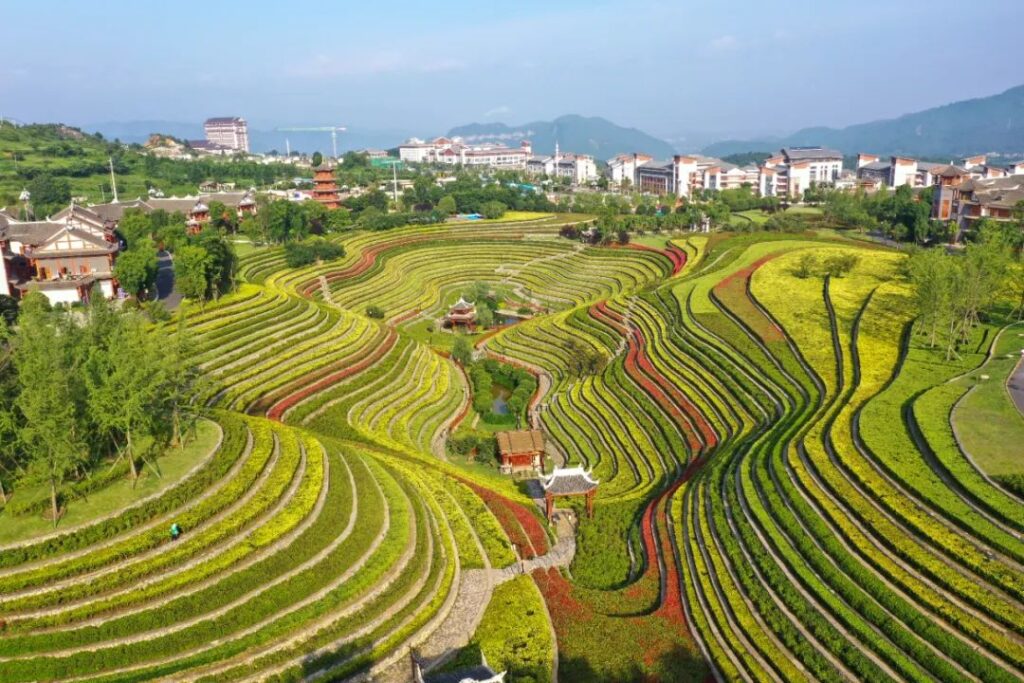
Bijie, a city located in the northwest of Guizhou Province, China, is a place where the borders of Sichuan and Yunnan provinces meet. Despite its relatively low profile, Bijie boasts breathtaking landscapes, diverse landforms, simple and honest local customs, and surprisingly affordable prices. What’s more, this city is home to several world-record-holding attractions.
Situated at the intersection of Guiyang and Zunyi to the east, Zhaotong and Qujing of Yunnan Province to the west, and bordering Luzhou of Sichuan Province to the north, Bijie is easily accessible by high-speed rail from Guiyang, with a journey time of less than an hour.
Bijie’s history dates back to the time of Emperors Yao and Shun, when it was first known as the State of Bi (Principality of Noses). During the Warring States period, Bijie was part of the Yelang Kingdom. It wasn’t until 2011 that Bijie was officially established as a city.
Despite its relatively low profile, Bijie is home to several world-record-holding attractions:

Baili Rhododendron
Located in Dafang County, Bijie, Baili Rhododendron is the world’s largest wild rhododendron forest, stretching for hundreds of miles. The best time to visit is from late March to early April when the rhododendrons are in full bloom, creating a spectacular sea of flowers. In summer, it’s also a great place to escape the heat.
Ticket prices: 130 yuan in peak season, 50 yuan in low season
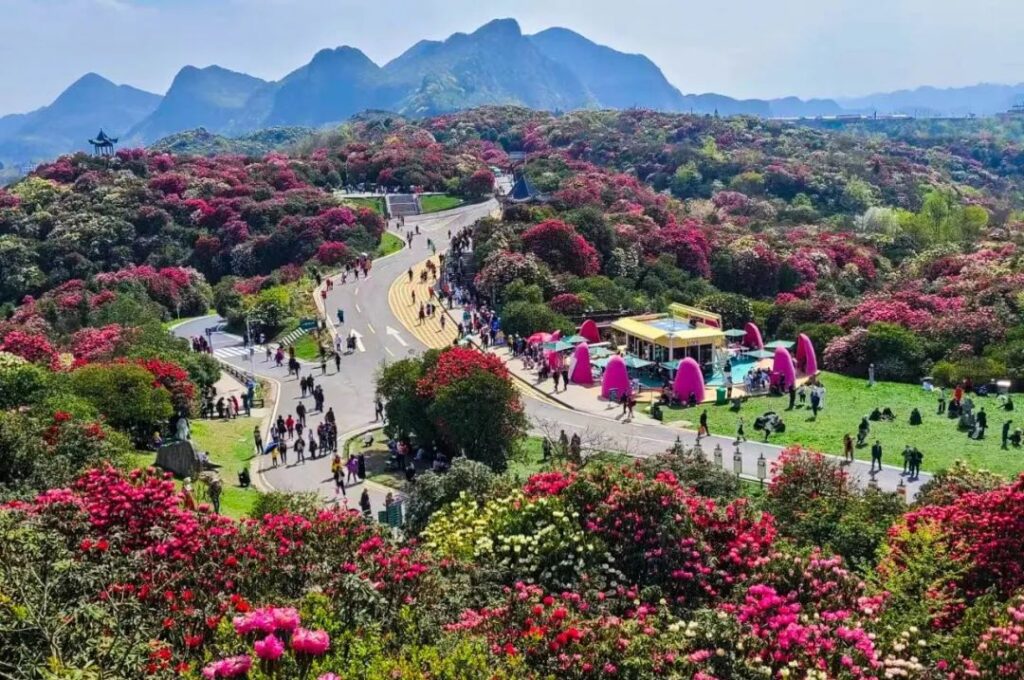
Zhijin Cave
Situated in Zhijin County, Bijie, Zhijin Cave is known as the “King of Chinese Caves” and is a UNESCO World Heritage Site. With a length of 6.6 kilometers and a vertical drop of over 150 meters, the cave consists of three levels and features an array of stunning formations such as stone pillars, curtains, and pearls, creating a breathtaking underground world of palaces, waterfalls, mountains, and lakes.
Covering an area of over 700,000 square meters, Zhijin Cave is two to three times larger than the top six caves in France and Yugoslavia, making it a true world record holder. It has also been named the most beautiful of China’s six major tourist caves by “Chinese National Geography.”
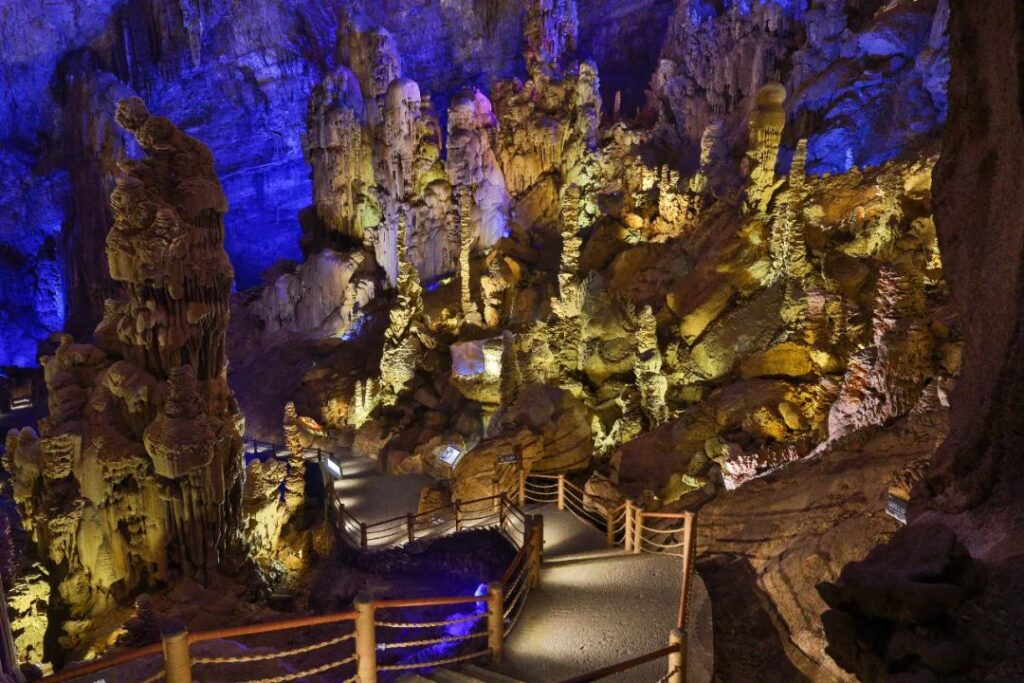
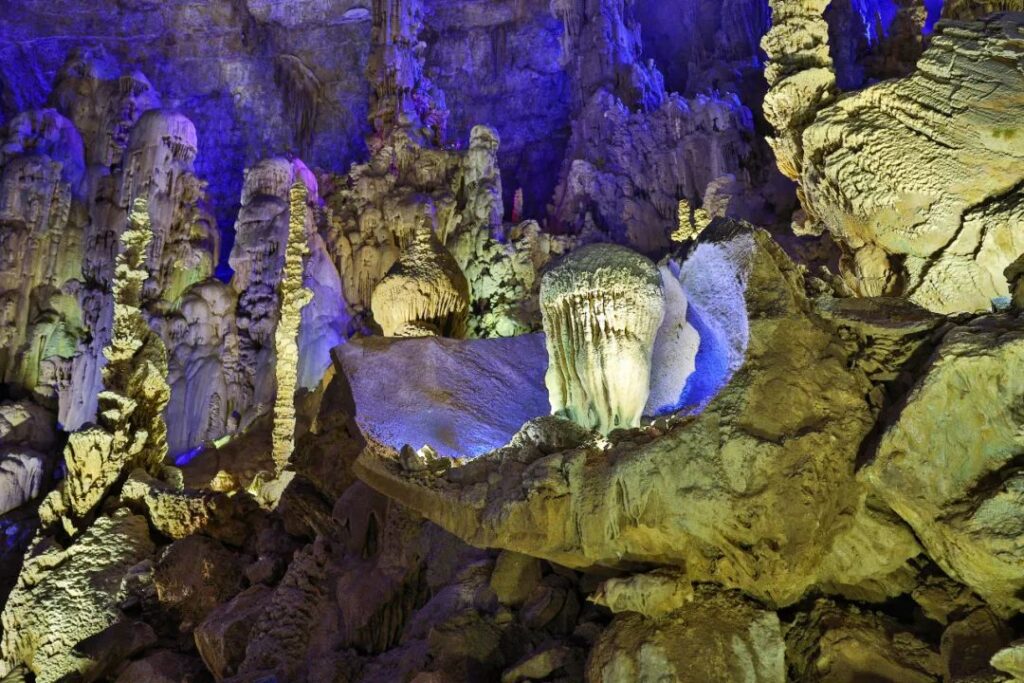
Qingxu Cave
The world’s largest natural bridge cave, Qingxu Cave, is located in Dafang County. The bridge measures 178 meters in height and 400 meters in length, with an internal space of over 10,000 square meters. During World War II, it served as a casting workshop for China’s first aircraft engine factory and a production workshop for propellers.
Inside the cave, there is a river of immeasurable depth. In summer, Qingxu Cave is a popular spot for locals to escape the heat, as the interior feels like it’s air-conditioned. Outside the cave entrance is a park where lotus flowers bloom beautifully in summer.

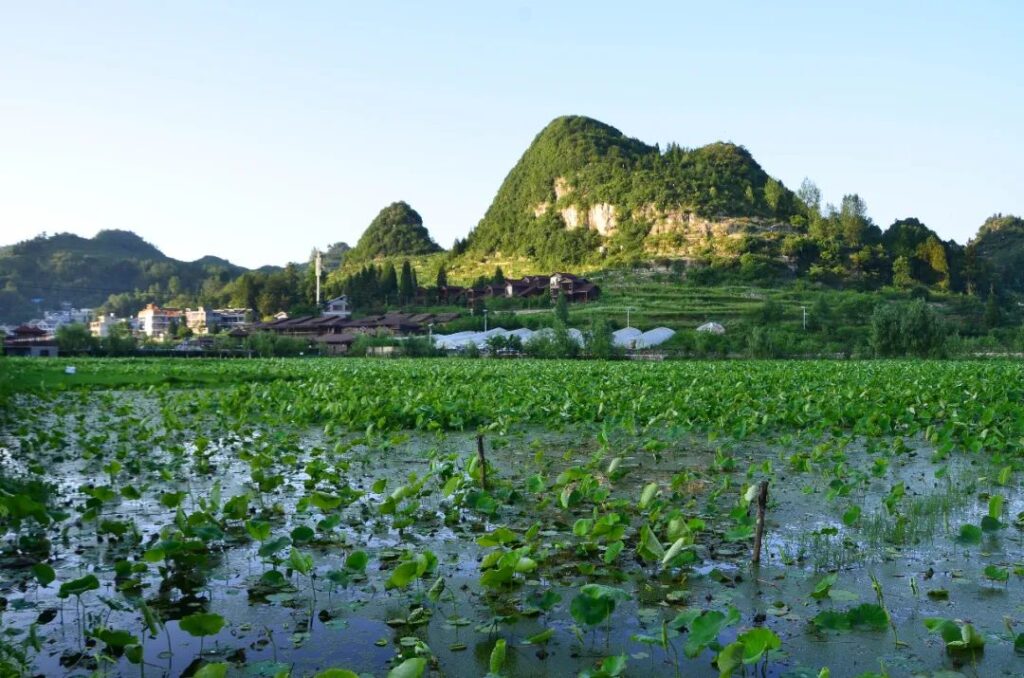
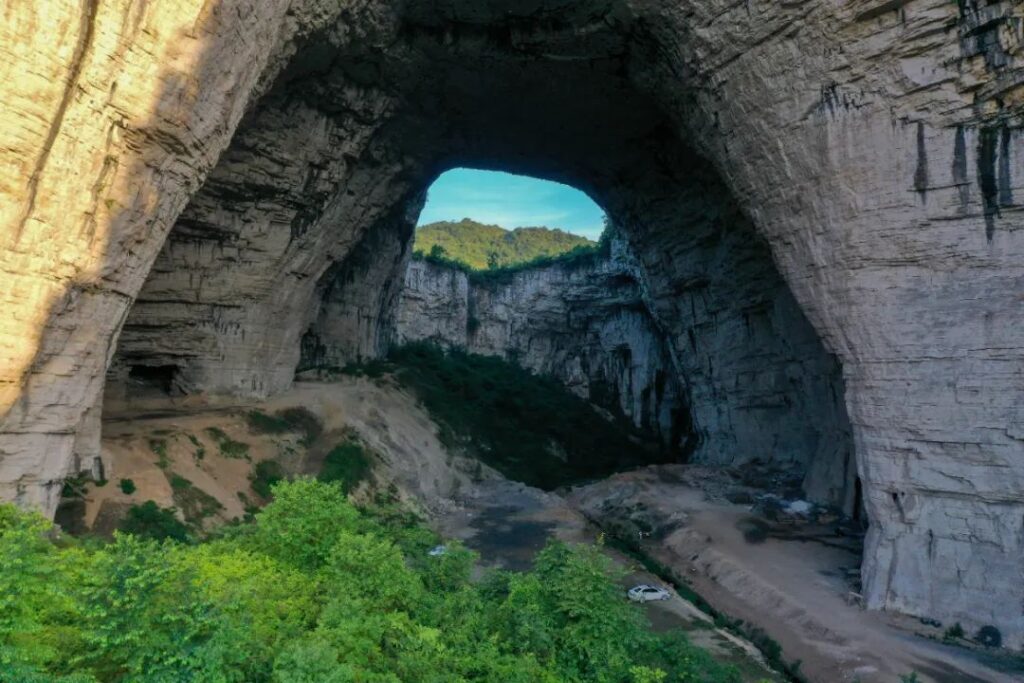
Apart from these world-record-holding attractions, Bijie has numerous other tourist spots, such as Jiudong Cave, Jiucaiping, Youshan River Scenic Area, Xiangshui Beach, and Yingshang Ancient Fortress. Among these, Jiudong Cave, Yingshang Ancient Fortress, and Jiming Sansheng are particularly noteworthy.
Jiudong Cave, a national 4A-level scenic spot, features nine massive skylights, with a river flowing through the cave. As you take a boat ride on the river, the sky alternately appears and disappears, creating an atmosphere reminiscent of the world depicted in the novel “The Grave Robbers‘ Chronicles.” The river’s surface can be turbulent or mirror-like, with moments of thunderous noise followed by tranquil silence. The cave’s interior alternates between spaciousness and narrowness, creating a mysterious and enchanting experience.


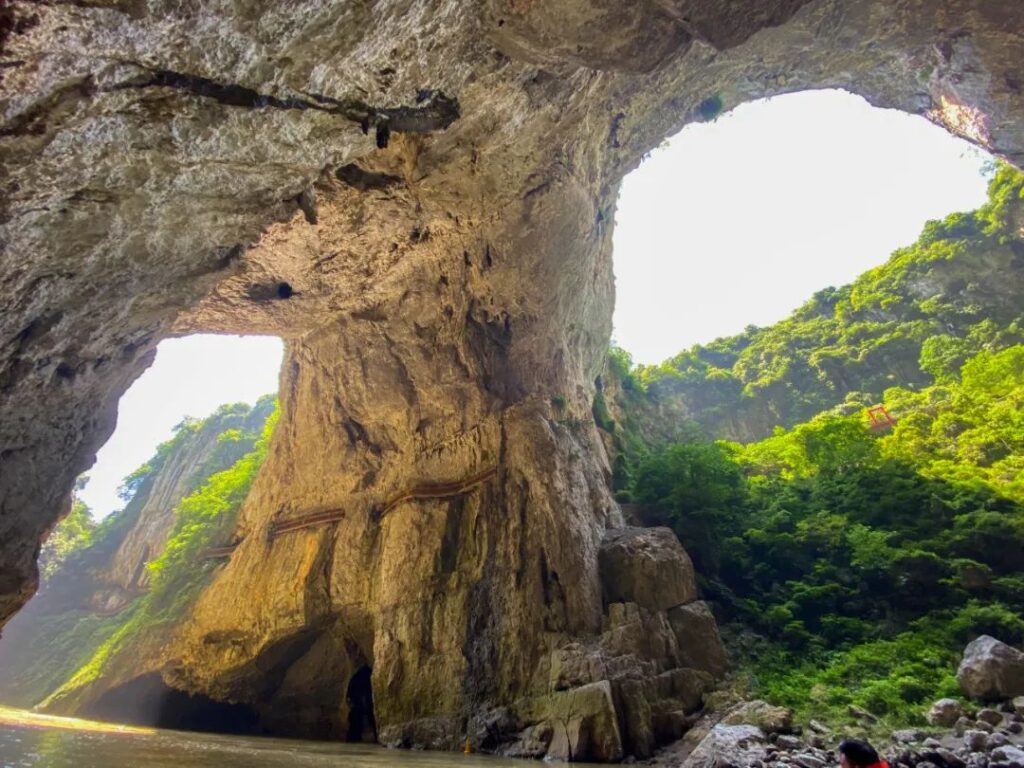
Yingshang Ancient Fortress is an ancient fortress built on a cliff that resembles a giant elephant when viewed from afar, earning it the nickname “the ancient fortress on the elephant’s trunk.” Located far from the county town and with poor transportation, the fortress is almost isolated from the outside world.
It is said that the ancestors of the fortress’s residents specifically chose this auspicious location for seclusion. At the foot of the fortress lies an expanse of fields, creating a scene reminiscent of a hidden paradise when the rapeseed flowers bloom in spring.
Remarkably, one household lives in a natural cave beneath the cliff, enjoying a comfortable living space with doors, windows, and even a spring inside, surpassing the comfort of self-built houses.
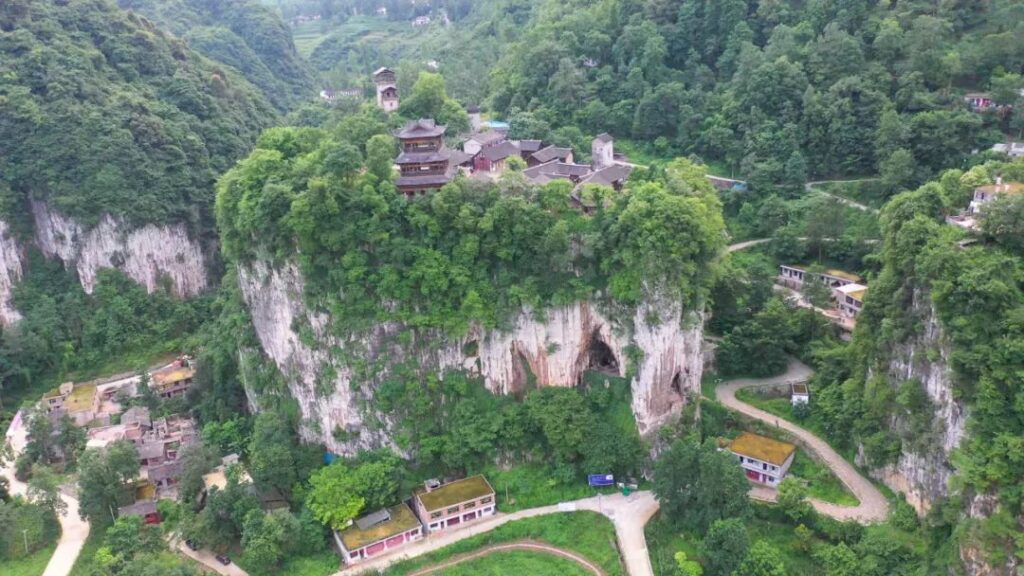
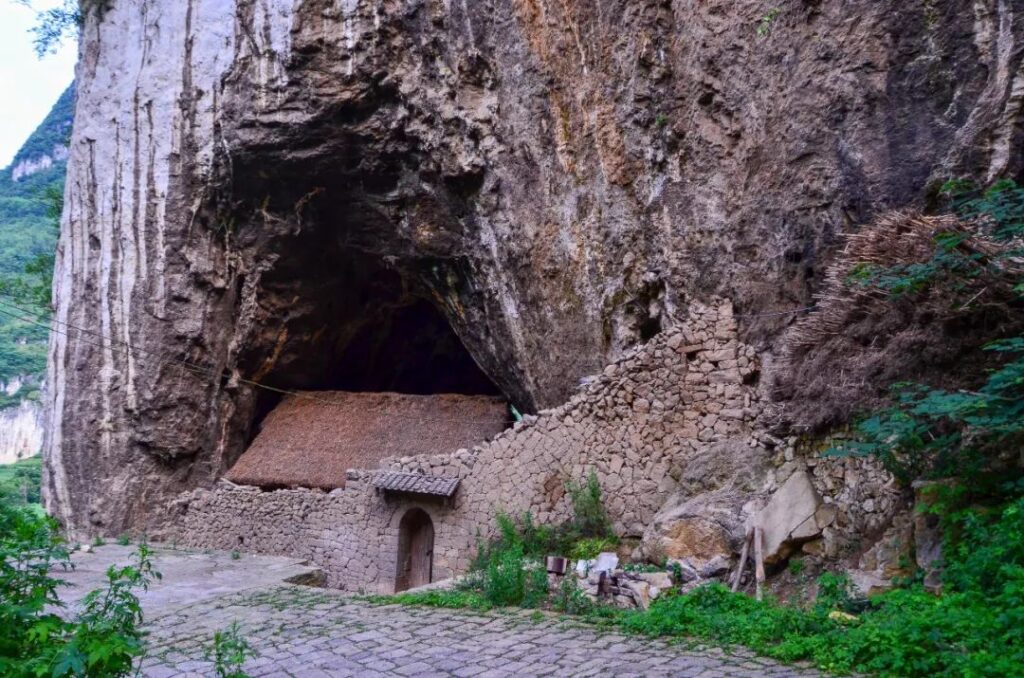
Jiming Sansheng, situated at the junction of Guizhou, Yunnan, and Sichuan provinces, is a place where a rooster’s crow can be heard in all three provinces simultaneously. The Guizhou section of Jiming Sansheng is located in Linkou Town, Qixingguan District, Bijie City.
From a high vantage point, one can take in the view of all three provinces at once. An ancient plank road, used by salt merchants during the Ming and Qing dynasties, runs through this area. The Red Army also passed through here during the Long March and held the “Jiming Sansheng” meeting, making it a red tourism attraction as well.
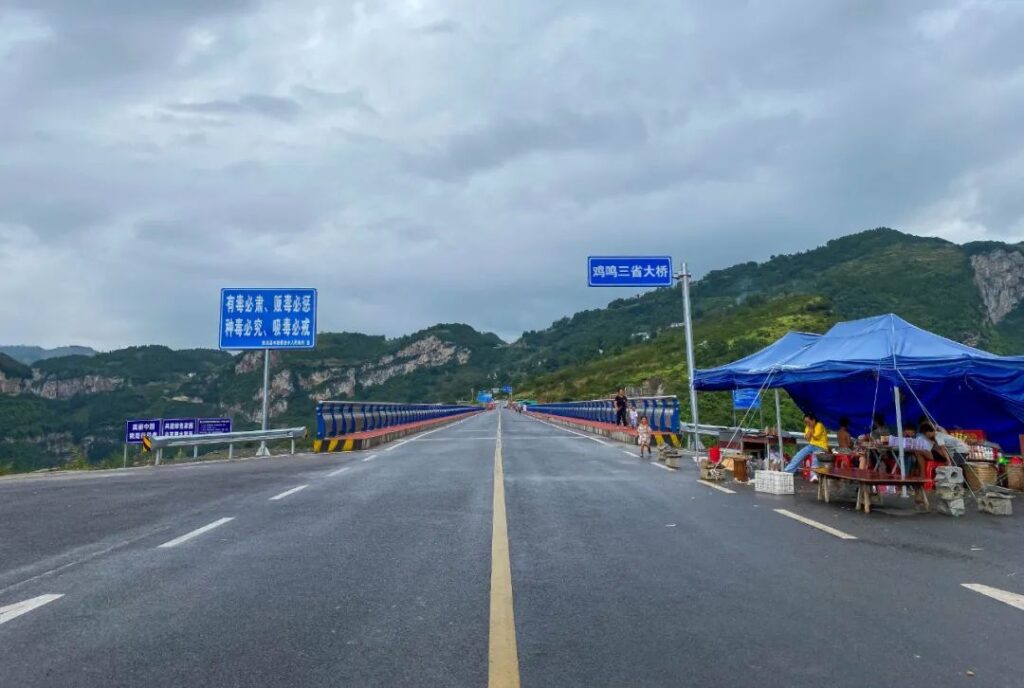
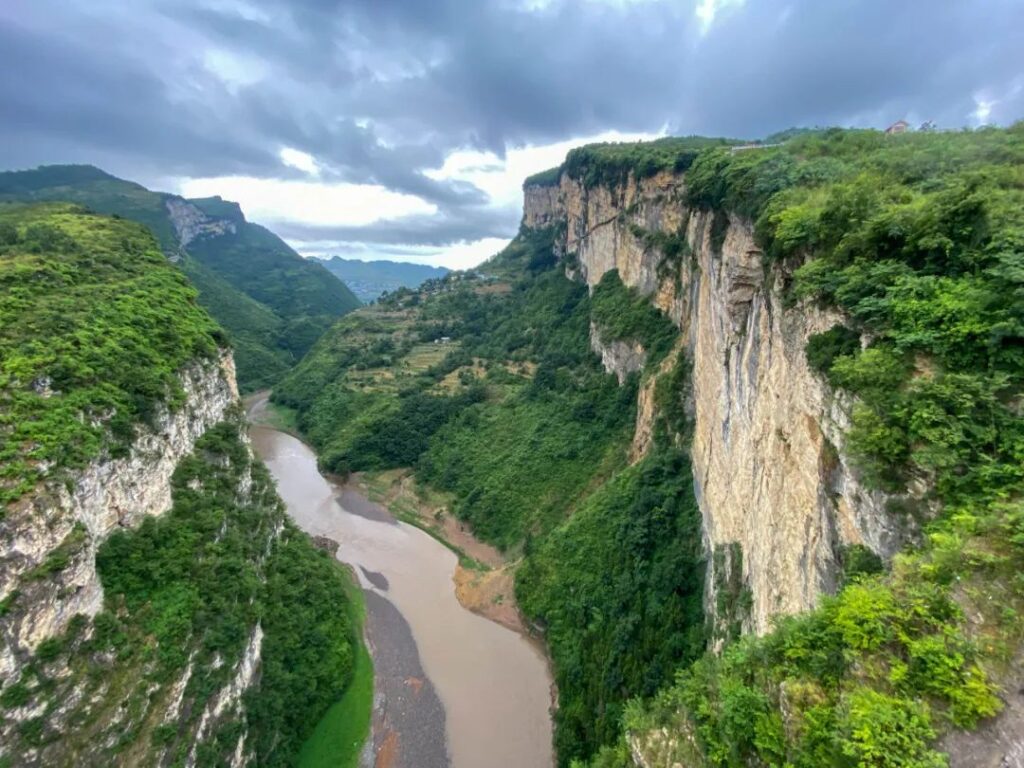
Bijie, situated at the intersection of Guizhou, Sichuan, and Yunnan provinces, is a place of stunning natural beauty and simple, honest local customs.





